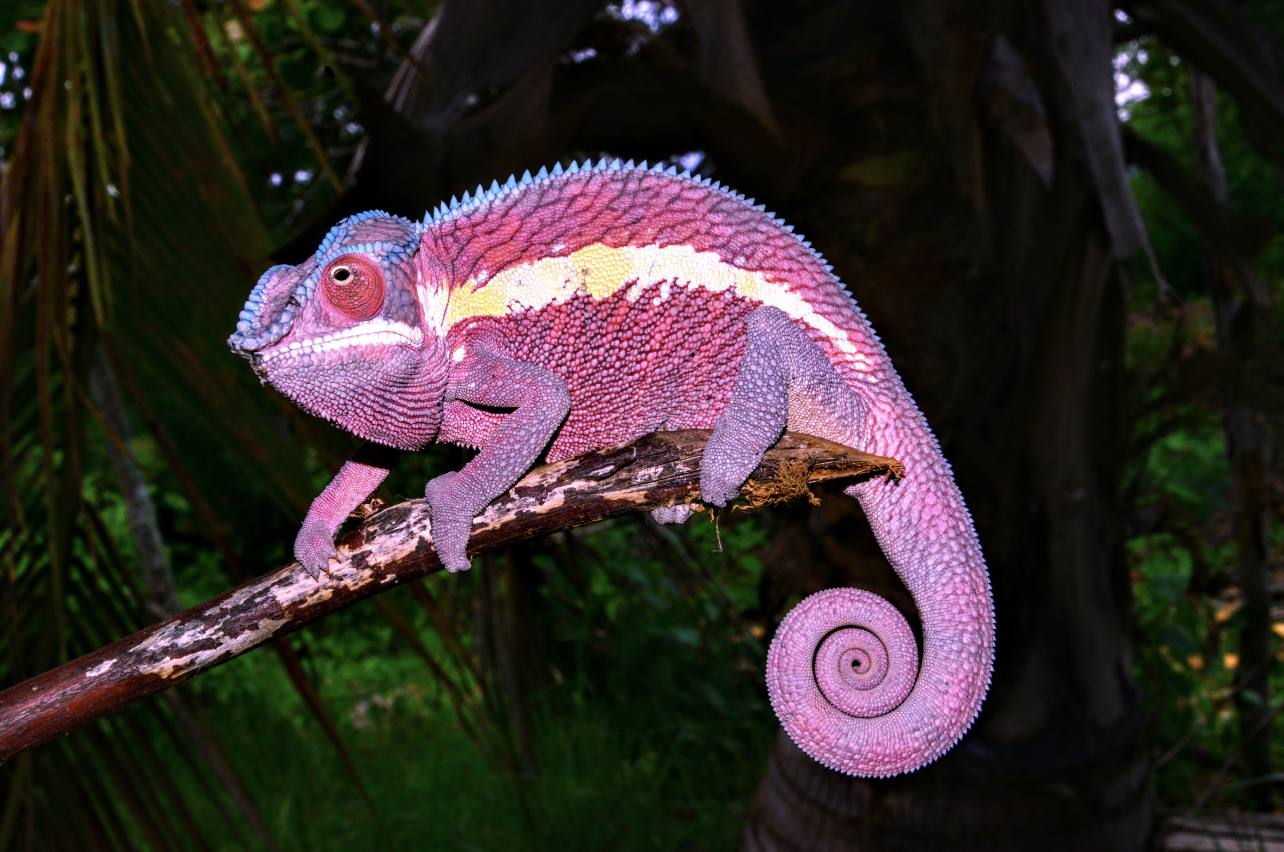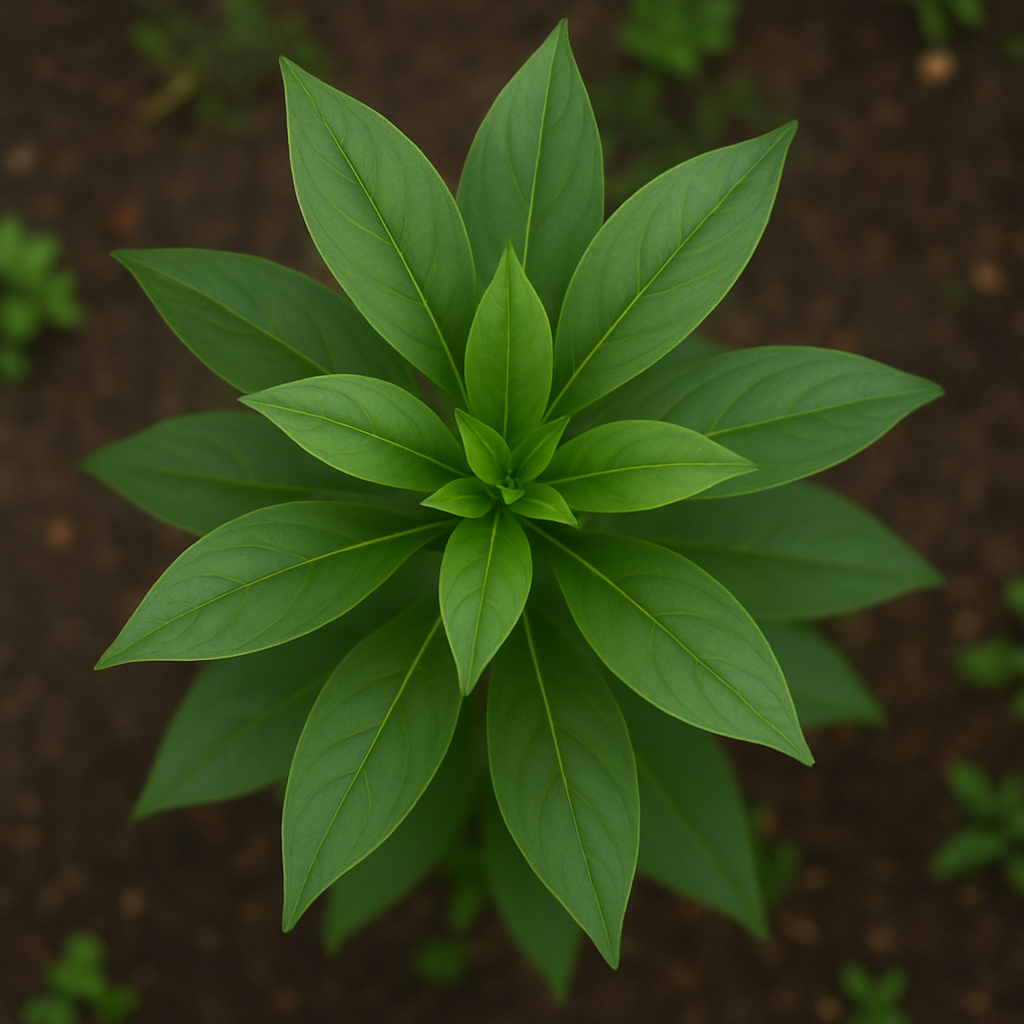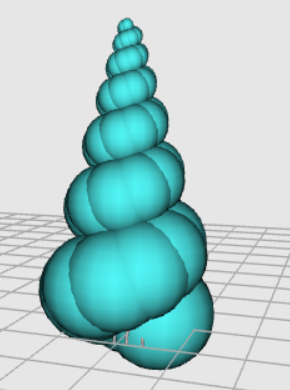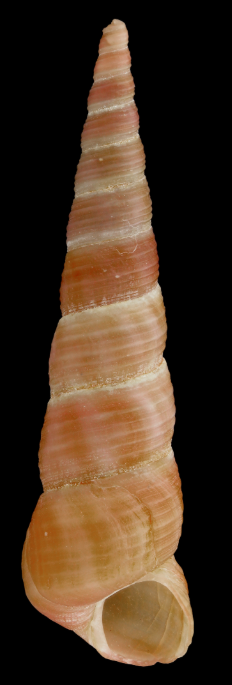Back to Patterns Representing Nature
Log spirals in nature

Furcifer pardalis
Chameleons are famous for color changing. But they also have amazing tails. They keep it coiled in a spiral when it is not needed. But it can grab a branch, help maintain balance, and help it blend into its surroundings by looking like a vine.
For adaptation to different environments, they have different tails: more slender if surrounded by branches. See if you can vary the shape of the tail in this simulation. Can you simulate a color change?

Echeveria gibbiflora

Lysimachia verticillaris
The arrangement of leaves on a plant is called “phyllotaxis.” Many plants have leaves arranged in a spiral. Leaves that are close together tend to be found in dry places where losing water from evaporation is a problem. But if there is lots of water, the leaves will be farther apart, and you can only see the spiral when looking from above. What is the advantage of preventing the leaves from overlapping, and spreading them out more? Can you show both kinds of phyllotaxis in this simulation?

Turritella bacillum

Sea shells give us a window into the evolutionary adaptations of invertebrates. As the mollusk grows, it builds a new chamber. The nautilus shell has to be streamlined, because it is all about movement. At the other extreme, some shells are very bulky and awkward, because you want to be difficult for a predator to swallow. Did evolution go from bulky to streamlined, or the other way around? Try a 3D simulation and see if you can make it evolve.